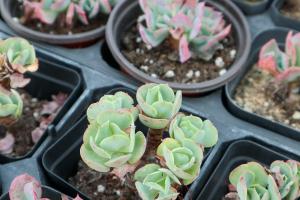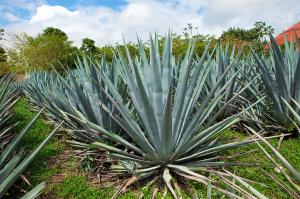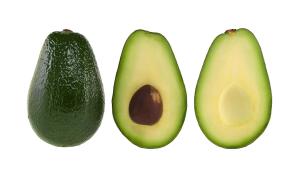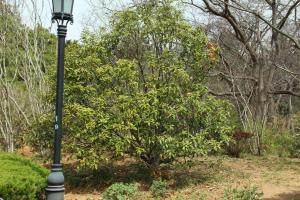Introduction
Chestnut trees were once a vital part of many cultures, providing food and other resources. However, in recent times, the planting of chestnut trees has become much less common. In this article, we will explore why it is difficult to plant chestnut trees today.
Chestnut Blight
The most common reason for the difficulties in planting chestnut trees is the presence of chestnut blight. This fungal disease is highly contagious and attacks the bark, causing cankers to form. These cankers can eventually kill the tree by cutting off the flow of nutrients between the roots and the canopy.
Chestnut blight was accidentally introduced to North America in the early 1900s, and it quickly spread throughout the continent, devastating the chestnut tree population. While some efforts have been made to develop resistant chestnut varieties, widespread planting of chestnut trees is still risky due to the persistence of chestnut blight in the environment.
Climate Change and Drought
Another factor that makes planting chestnut trees challenging is climate change. As temperatures become warmer and weather patterns change, chestnut trees may struggle to adapt. For example, droughts may become more frequent, which can stress the trees and make them more susceptible to disease.
Additionally, changes in temperature and precipitation can affect the timing and amount of pollination, which can impact the number and viability of chestnuts produced. Given that chestnuts are already a relatively challenging crop to cultivate, climate change adds another level of difficulty to the planting process.
Competition with Other Crops
Finally, the competition with other crops can make it difficult to plant chestnut trees today. Chestnuts require a lot of space, full sunlight, and well-draining soil, which can limit the number of places where they can be planted. Additionally, given the high demand for land to grow other crops, there may not be sufficient land available to plant chestnuts on a large scale.
Furthermore, given that chestnuts are a relatively niche crop, there may not be enough demand to justify the investment necessary to plant them. Thus, even if the conditions are right for growing chestnuts, the economics of the situation may make it difficult to plant them on a large scale.
Conclusion
While chestnuts have played an essential role in many cultures throughout history, it is challenging to plant chestnut trees today. Chestnut blight, climate change, and competition with other crops make it challenging to cultivate this tree on a large scale. Nonetheless, there are still some areas where chestnuts can be grown successfully, and ongoing research may help to develop new techniques and varieties that can make chestnuts a more viable crop for the future.

 how many times do yo...
how many times do yo... how many planted tre...
how many planted tre... how many pine trees ...
how many pine trees ... how many pecan trees...
how many pecan trees... how many plants comp...
how many plants comp... how many plants can ...
how many plants can ... how many plants and ...
how many plants and ... how many pepper plan...
how many pepper plan...
































